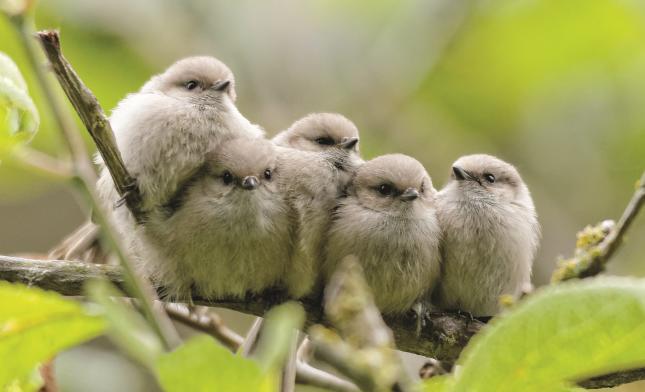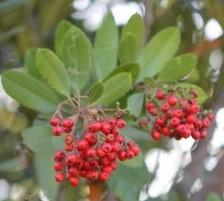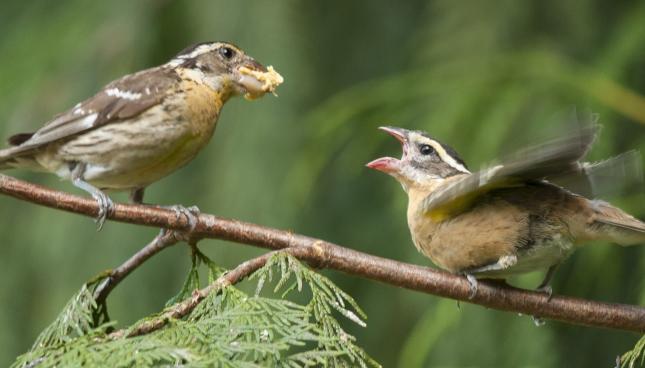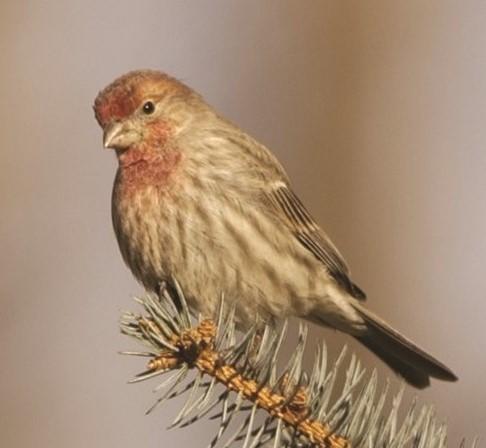June: Babies, Babies, Babies
 Bird babies are everywhere in June. Almost as big as their parents, you will see and hear them relentlessly begging for food. Some parents, such as House Finches or Dark-Eyed Juncos, encourage the juveniles to come to the bounty of seed feeders. Others, such as Black Phoebes, redouble their efforts to find enough worms and bugs for their now insatiable juveniles. Keep seed feeders full, perhaps with some extra millet for songbirds, and continue the extra worms that most bird parents need for juveniles.
Bird babies are everywhere in June. Almost as big as their parents, you will see and hear them relentlessly begging for food. Some parents, such as House Finches or Dark-Eyed Juncos, encourage the juveniles to come to the bounty of seed feeders. Others, such as Black Phoebes, redouble their efforts to find enough worms and bugs for their now insatiable juveniles. Keep seed feeders full, perhaps with some extra millet for songbirds, and continue the extra worms that most bird parents need for juveniles.
Left: Five baby Bushtits wait for bugs from their parents
Young raptors, including Bald Eagles, are getting ready to fly. As I write this, more than 48,000 people are glued to the Big Bear eagle nest, waiting for the eaglets, now perching dangerously on the highest branches, to soar. But closer to home there are many student flyers. In your neighborhood, Cooper's Hawks, likely are getting ready to fledge. Juveniles perch on roof peaks, studying possible landing spots, as parents guard them for accidents. The white feathers of a silently gliding juvenile Barn Owl may punctuate a quiet night walk.

Right: Toyon, showy white flowers in spring and berries in winter (Calscape)
June is Perennial Garden Month, which makes now a good time to think about perennial plants that look beautiful and bring birds to your garden. Happily we have excellent sources of perennial natives important for birds such as Calscape and Theodore Payne Society. These plants include: Toyon -- berries are a food source in the winter
Currant (Gooseberry) – berries loved by many birds
Salvia (sage) seeds are eaten by songbirds
For shelter and nests, consider
Manzanita – provides many nesting sites
Wild rose -- prickly stems provide great shelter
Coffeeberry – dense growth gives shelter
As we enter summer, above all, provide some source of water in your yard or on your balcony, because birds need to drink every day. Try a fountain or a birdbath with a bubbler to keep water moving, which birds like to see, but even a dish of water can be the cool drink they need.

Among the eager young fledglings coming to your feeders will be Orioles and Grosbeaks. Their newly flying young will be looking to build their muscles and reserves for their lengthy fall migration. The orioles want fruit, especially berries, such as our BirdBerry Jelly, while the grosbeaks are dedicated seed eaters, especially sunflower seeds, but they also will devour the fruits and berries that your orioles love.
Left: A female Grosbeak feeds an eager fledgling.

Fledgling House Finches start to show up at at feeders in crowds. Adults guide their new flyers to this reliable source of food. Add millet to your regular mix for June and July, so the youngsters can grow strong.
Right: An immature male House Finch considers visiting a feeder
A few Orange-Crowned Warblers still can be heard on the Westside, maybe because it's not as hot as the rest of LA. However, most of their warbler cousins have departed to breed in cooler locations farther north. Never fear, they'll be back to lift our spirits with their colors and songs when fall and winter return.
Birdability, an organization dedicated to making birding more accessible, has launched a campaign for Mental Health Awareness Month to show how birding supports mental well-being, especially for disabled birders and others with access barriers. The organization says research has found that people who observe birds in their everyday environment “report significantly lower levels of depression, anxiety and stress,” For those living with chronic illness, pain, trauma or limited mobility, “birding provides moments of connection, joy and grounding in nature that can be experienced from a park bench, a backyard or even a windowsill.”

